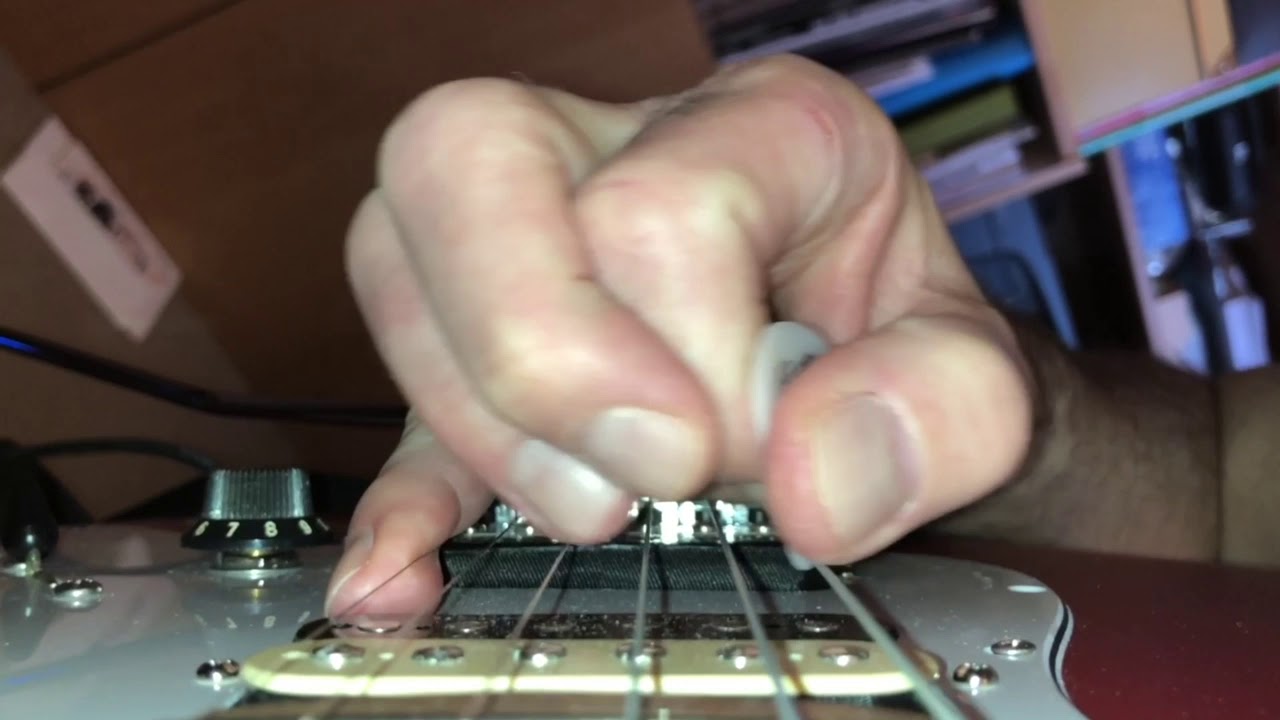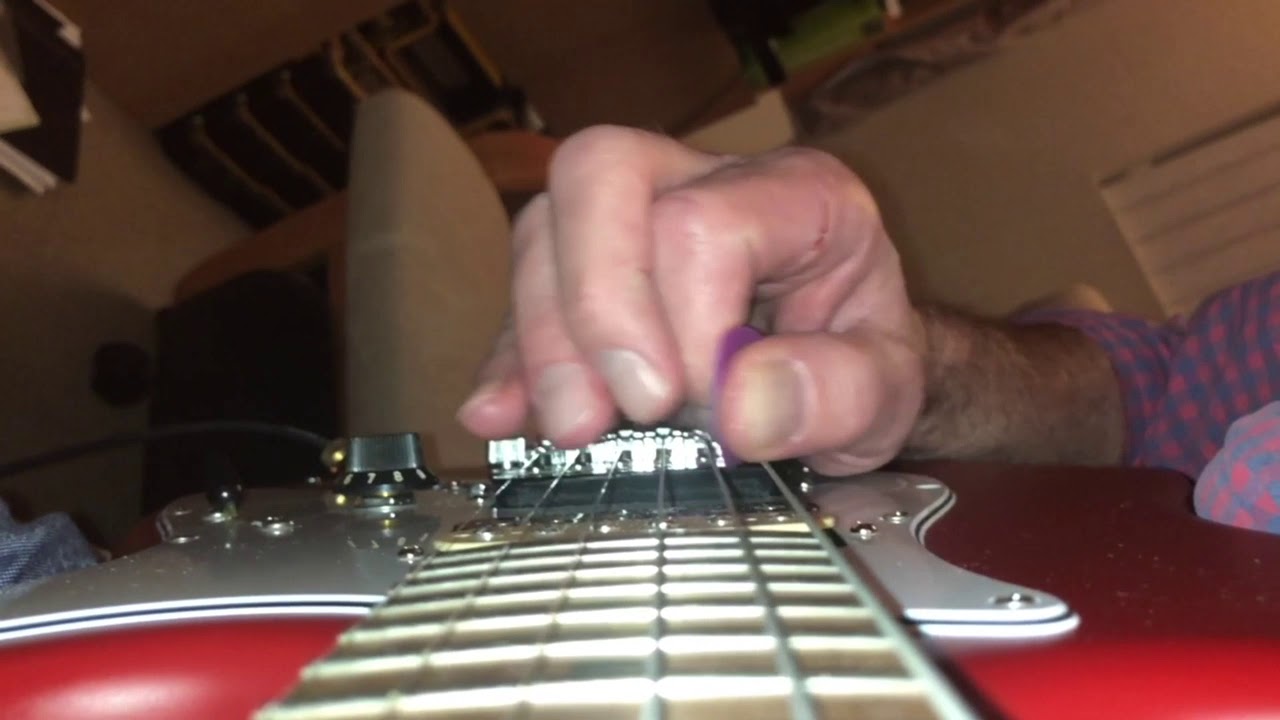Hi folks! I have been studying the Pickslanting Primer and other CTC material since 2016, but this is my first post.
I am seeking any advice or insight as to how I can clean up my alternate picking on this ascending sequence which starts on a downstroke and involves back-to-back-to-back outside string changes:
——————————5———5—7—5—7—8——
——5—7—8—7—8———8——————————
(If this type of scale sequence - ascend 3 notes, drop back one, then ascend another 3 notes, etc. - has a name, please let me know!)
The video clip shows two repetitions. The first 4 seconds of the video clip show me playing two repetitions of this sequence at normal speed (16th note triplets at 100 bpm) and the remaining 8 seconds show the exact same performance, but at half speed.
On a good day I can play certain licks or straight ascending/descending 3NPS scales with a single or back-to-back outside string change somewhat decently (sometimes with swiping) by trying to use DSX or USX, but this sequence has me frustrated because it involves an ascending outside string change on a downstroke followed by a descending outside string change on an upstroke once again followed by another ascending outside string change on a downstroke. I seem to have a little less trouble on the higher strings, so I am sharing my attempt on the 6th and 5th strings where the problem is most apparent.
Because there are two downstroke string changes versus one upstroke string change, it would seem logical to position my arm in a more pronated DSX position to get two downstroke escapes and only swipe once on the upstroke in between, but I cannot seem to be able to do that for some reason once the tempo increases much past 70 or 80 bpm. It feels smoothest rhythmically to play it the way I am doing in the clip with either a slight USX or a totally trapped pick and plowing through the strings with swiping on all the string changes. Perhaps I am incorrect, but I say “slight USX” because I seem to manage to avoid swiping on the upstroke that restarts the second of the two repetitions. However, needless to say, it sounds sloppy with higher gain. At slower tempos, the swiping stand out as being more audible and thus even more annoying.
Perhaps someone with more experience can spot something I am missing and/or suggest a different approach.
Many thanks!


 I’m still learning as well, and so my word is not gold. Cheers! jz
I’m still learning as well, and so my word is not gold. Cheers! jz
 I just ripped it off. And I screw up the lick several times throughout. So take everything I say with a grain of salt!
I just ripped it off. And I screw up the lick several times throughout. So take everything I say with a grain of salt!
 My vid is just ideas, not a lesson — I’m a learner too! But it was a good chance for me to explore some practicing ideas which I used to apply to piano.
My vid is just ideas, not a lesson — I’m a learner too! But it was a good chance for me to explore some practicing ideas which I used to apply to piano.